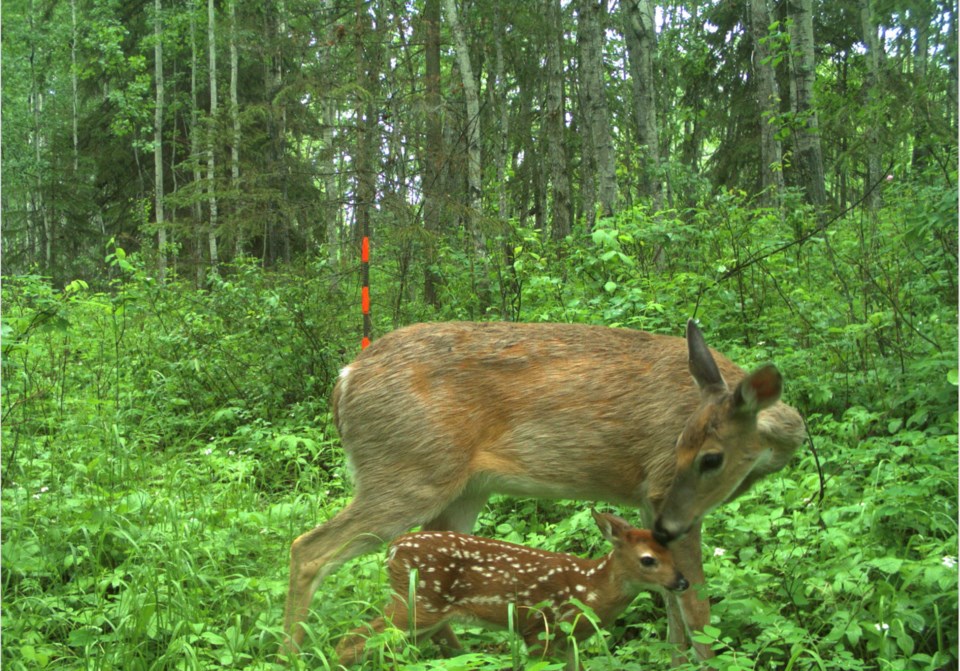ATHABASCA – The Crooked Creek Conservancy Society of Athabasca (CCCSA) is looking to get back into land stewardship after volunteer burnout and financial limitations forced them into a more educational role in recent years.
Rosemary Neaves, who has been working with the CCCSA since 1996, is in the final stages of creating a conservation easement on some of her own property north of the Athabasca River, a move that she hopes will open some doors for the society moving forwards.
“We initially thought that we should get together and buy some of this land that is getting trashed basically, but trying to buy land ended up being more then we could afford,” said Neaves, who cited rampant logging in the late 1990s as her inspiration to get more involved in environmentalism.
Once the group realized that they couldn’t afford to buy land, the CCCSA shifted to an educational role, teaching school kids about the environment, bringing in guest speakers, counting birds in the region and more.
“We do a real broad spectrum of education when it comes to natural areas, there’s three main areas that we’ve really been focusing on,” said Neaves in a July 6 interview. A July 4 press release said that the three areas were guidance around conservation easements, nature awareness education, and advocating for land, water, and natural rights.
Currently, Neaves is finishing the process of getting a quarter-parcel of land (approximately 160 acres) designated as a conservation easement. The land, which sits on a wildlife corridor, is used by bears, lynx, moose, deer, and over 35 species of birds, according to cameras set up by the Alberta Biophysical Monitoring Institute (ABMI).
“The easement process is designed to protect ecologically sensitive areas. That particular quarter, which my husband and I bought in 1970, hasn’t been farmed since the 1980s, and has gone back to a natural state,” said Neaves. “My husband Jim and I had had ideas of putting the easement on it way back and a chap from Environment Canada came out and walked through it and identified it as a wildlife corridor, but we never really moved on it.”
The next step for Neaves and the CCCSA is a baseline study; Heather Stocking, who was recently brought on by the charity as a part-time conservation coordinator, is working on getting the volunteers in place for the process.
“As soon as that’s done, we can do the paper and get everything in. Once we get that baseline study done, everything should happen pretty quickly,” said Stocking during the same July 6 interview. “You ensure what the land is going to be used for, you lay out access rights. Rosemary for example will allow public access but the next guy might not. Basically, you go in and say, ‘Oh there’s silver pine on the southwest section’ but you identify all the species of interest.”
Once Neaves’ section is finished, the work will slow down; there’s an annual survey that needs to be done, but beyond that the easement will remain in place.
“What appeals to me is that the easement moves with the property,” said Neaves “I’m trying to allow (the land) to go forward without any logging or development happening.”
The CCCSA is hoping to help other people with the process moving forward; part of Stocking’s new role will be to assist landowners that might be interested in a similar process for their own land.
“If people can say that there’s ways of protecting property that they would like to see protected, and they’ve got people they can talk to that are local, they aren’t in the city or whatever, it helps. There’s a lot of old boreal forest around here and it’s disappearing,” said Neaves. “We’re the only game in town here when it comes to this, and we’re the only one out of the five land trusts in the province that operates north of Edmonton.”



